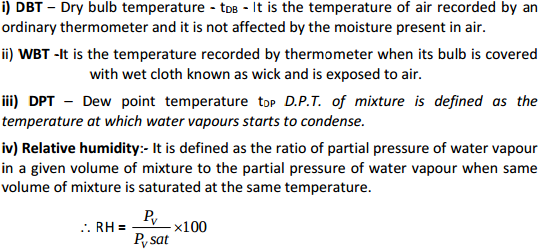State the functions of clutches
[1] To engage and disengage output shaft with the engine shaft as and when required.
[2] To engage shafts very smoothly without much slipping of friction surfaces.
[3] To transmit power from engine shaft to output shaft without loss.
[4] To engage the shafts smoothly without noise and jerk
- Log in to post comments

